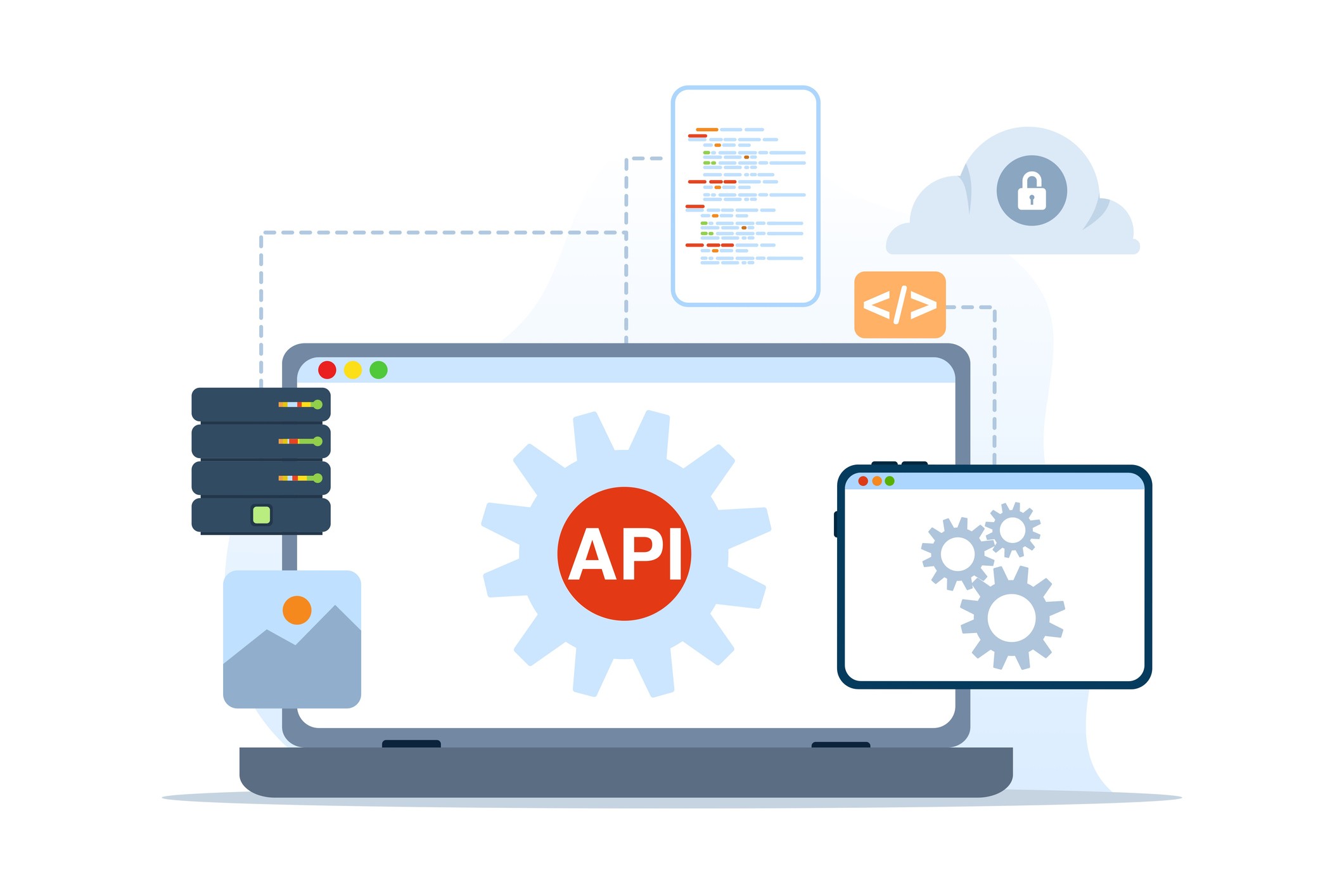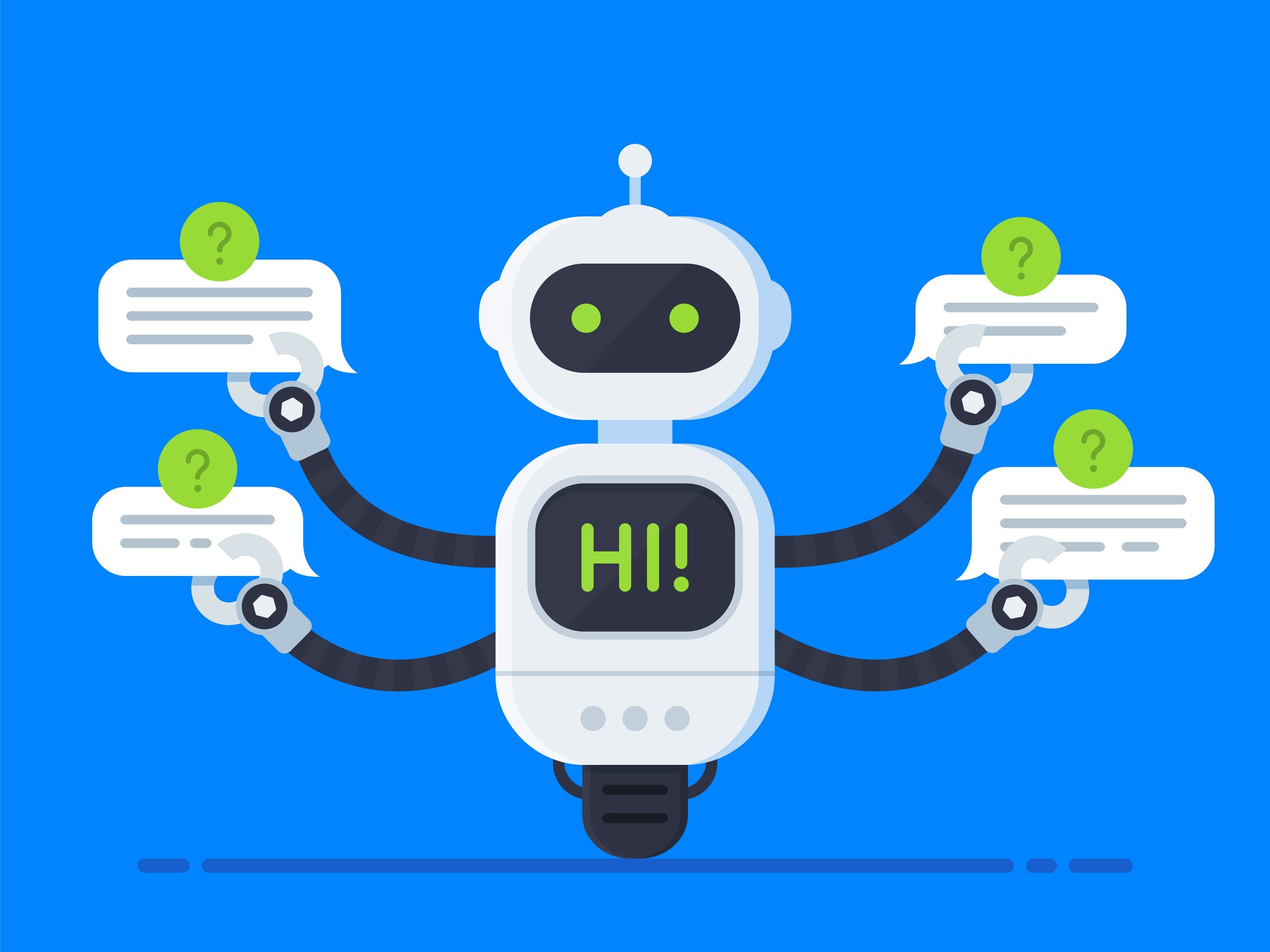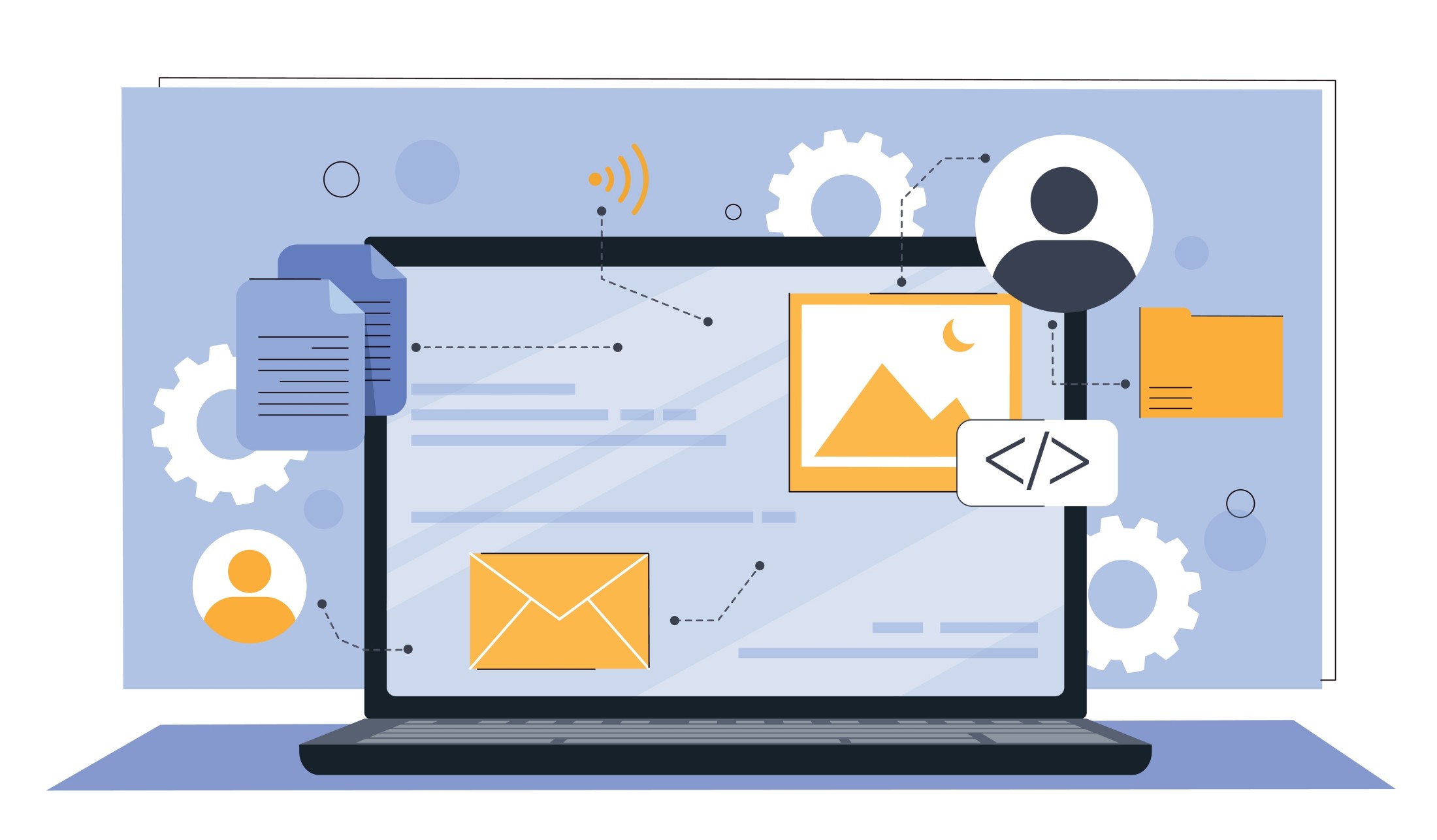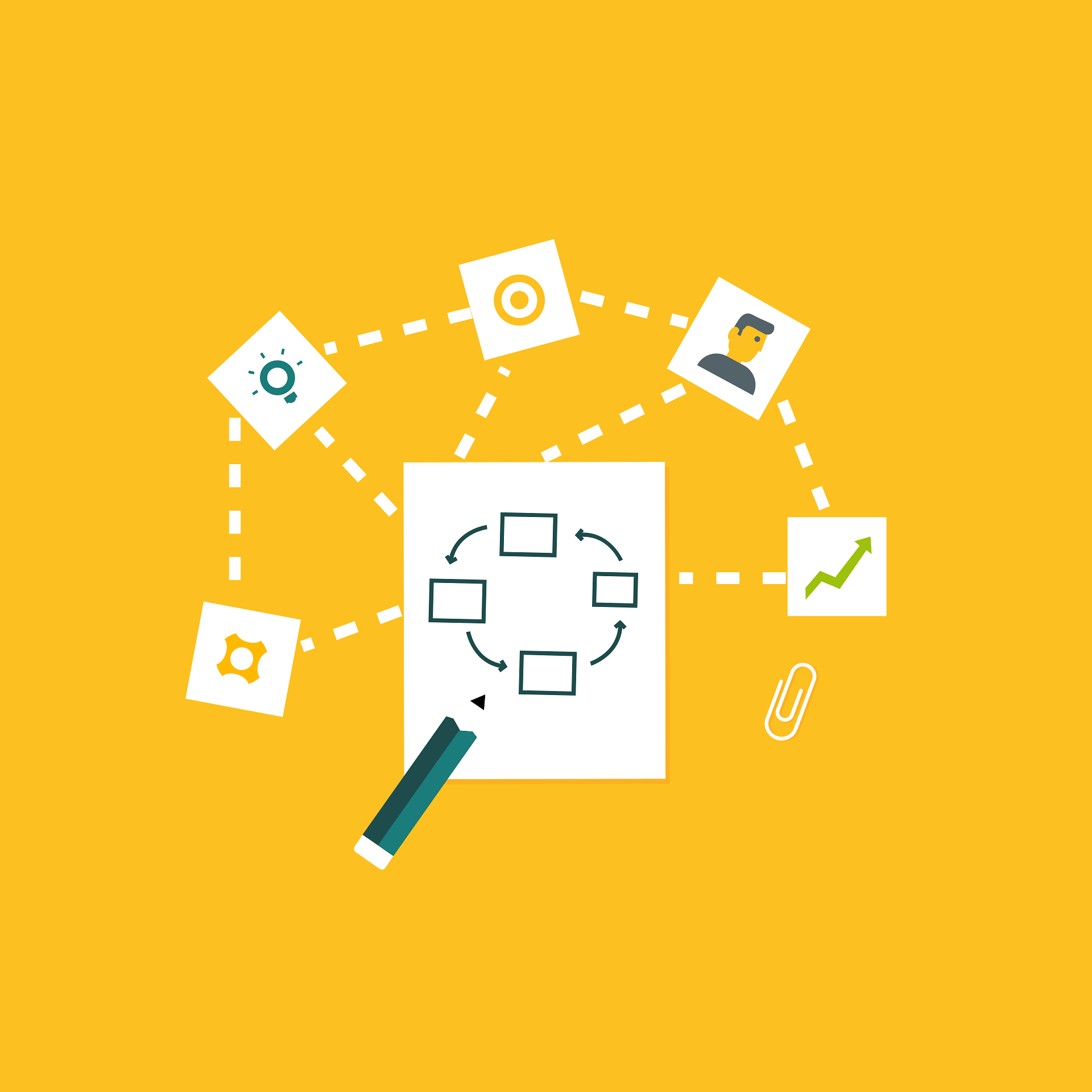Application Programming Interfaces (APIs) have become nothing short of foundational. They serve as the connective tissue between different software applications, allowing them to communicate and share data and functionality in a secure and efficient manner. As critical as APIs are, how they are developed can vary significantly, and the approach you choose can have a profound impact on the outcome of your project. One strategy that has gained significant traction for its forward-thinking advantages is API-First Development.
API-First Development isn't just a buzzword but a paradigm shift that emphasizes the importance of building robust APIs right from the outset.
What is API-First Development
API-First Development is a software development approach that prioritizes creating a robust API before developing the application that will use it. Unlike traditional methods, where the API is often an afterthought or a byproduct, API-First Development puts it front and center. The API is built according to a specification, thoroughly tested, and then the rest of the application is developed around it.
The importance of API-First Development in today's tech landscape cannot be overstated. As more and more services move to the cloud, and as microservices architectures become increasingly popular, the role of APIs has become more crucial than ever. APIs are no longer just peripheral elements; they are central to modern, scalable, and flexible software solutions.
This approach allows for better collaboration between frontend and backend developers, as both can work concurrently— the backend team on the API and the frontend team using the API's specifications. It also makes it significantly easier to iterate and make changes, as the API serves as a strong foundational layer that remains consistent even as other aspects of the application evolve.
API-First Development is not just a trend but an essential methodology that aligns with the demands and complexities of modern software development. It offers a more organized, efficient, and scalable way to build applications that are ready for the future.
The Traditional vs API-First Approach
In order to fully grasp the advantages of API-First Development, it's crucial to understand how it differs from traditional API development methods. Below is a comparison and contrast between the two approaches:
Traditional API Development
In the traditional approach, APIs are generally built as an add-on to an already developed application. This means that APIs are often reverse-engineered to fit the needs of the existing software, and adjustments are made post hoc. This approach can create several challenges:
- Limited Scalability
Because the API is tied closely to a specific application, it may not be easily scalable or adaptable to new platforms or services. - Less Collaboration
Frontend and backend developers are dependent on each other's progress, leading to potential bottlenecks. - Code Duplication
With the API being an afterthought, there might be duplicated code that can lead to errors and increased maintenance time. - Difficult to Test
Testing the API becomes a complicated task as it is deeply embedded in the application, making it hard to isolate for focused testing.
API-First Development
Conversely, API-First Development starts with a comprehensive API specification. This is followed by building, testing, and refining the API before any work on the frontend or backend application takes place. This has several benefits:
- Enhanced Scalability
APIs are designed to be reusable and are not tied to any one application, making them more flexible for future projects. - Improved Collaboration
Frontend and backend developers can work in parallel, using the API spec as a contract between them. - Efficient Testing
Since the API is designed first, testing can occur simultaneously with development, ensuring that any issues are caught early. - Future-Proofing
The API can serve multiple applications and can be easily updated, making it a sustainable choice for long-term projects.
While traditional API development methods have their merits, the API-First approach is more aligned with the current needs of modern, scalable, and collaborative software development. It allows for a more streamlined and efficient process that not only makes life easier for developers but also results in a more robust and flexible application.
Key Benefits of API-First Development
The API-First Development approach comes with an array of advantages that can make a significant difference in the software development lifecycle. Here are some key benefits:
Scalability
When an API is developed with scalability in mind from the onset, it is easier to expand its capabilities and adapt it to new uses. You can add features, serve more users, and even repurpose the API for entirely new applications without needing to redesign it. This becomes invaluable as your project grows and as you aim to reach a larger audience or extend the application's functionality.
Improved Collaboration
With API-First Development, frontend and backend developers can work concurrently. They both have a clearly defined contract in the form of the API specification. This enables parallel development, drastically cutting down the time required to build and deploy applications. It also reduces dependencies and bottlenecks, creating a more efficient development process overall.
Future-Proofing
Given the rapid pace at which technology evolves, building your applications on a robust API ensures that you're prepared for what comes next. The API can serve multiple applications and can be easily updated or replaced without affecting the rest of your ecosystem. This makes your project more sustainable and easier to manage in the long run.
Speed and Flexibility
One of the most noticeable benefits is the speed and flexibility that comes with API-First Development. Because the API is ready and well-defined, building other components of the application becomes a much smoother process. You can easily make adjustments and iterations to meet evolving requirements.
Real-World Examples of API-First Development
Understanding the theory behind API-First Development is great, but it's in the real-world applications that the approach truly shines. Let's explore some examples where API-First Development has proven its worth:
Airbnb
Airbnb's service integrates with a myriad of third-party services like Google Maps, payment gateways, and even smart locks for hosts. By employing an API-First approach, Airbnb has been able to seamlessly extend its platform to include these services and grow its ecosystem. This has allowed Airbnb to not just scale its application, but also to offer a richer, more integrated user experience.
Twitter's API is one of the most famous examples of API-First Development. It has enabled a wide variety of applications and services to integrate Twitter feeds, post Tweets, and perform a host of other functions that extend the platform's reach far beyond its original application. This has also made Twitter more adaptable and scalable, effectively future-proofing their business model.
Stripe
Stripe's payment gateway API is designed to integrate seamlessly into any e-commerce platform, mobile application, or even crowdfunding platforms. The API-First Development approach allows Stripe to offer a payment solution that is easy to implement and offers scalability options that traditional payment gateways often lack.
Netflix
Netflix employs an API-First strategy to serve content across a staggering array of devices. From smart TVs and mobile phones to gaming consoles, Netflix's API ensures that it can deliver content effectively and uniformly across all platforms. This has been critical to its global success.
How to Implement API-First Development
Embarking on an API-First Development journey doesn't have to be daunting. Below are some basic steps to help you get started:
1. Define Objectives and Requirements
The first step is to clearly outline what you want to achieve with your API. Determine its core functionality, the data it will handle, and its role within your broader application ecosystem. Having well-defined objectives will serve as your roadmap throughout the development process.
2. Choose the Right Technologies
Select the appropriate technologies and protocols based on your needs. Whether it's REST, GraphQL, or gRPC, choosing the right technology stack is crucial for the success of your API.
3. Design the API Contract
Before jumping into coding, design the API contract. This should include the API endpoints, request/response formats, and status codes. Tools like Swagger or Postman can be immensely helpful in this stage.
4. Develop in Parallel
API-First Development allows for parallel work between frontend and backend teams. Once the API contract is settled, both teams can begin their respective tasks. This speeds up the development process and ensures that all components integrate smoothly.
5. Implement Security Measures
API security should be a priority from the start. Implement access control, data encryption, and other security best practices to protect the API and the data it handles.
6. Continuous Testing
Ensure that you are continually testing the API as it is being developed. This should include unit tests, integration tests, and functional tests. Continuous testing will help identify issues early, making them easier to address.
7. Documentation and User Guides
Well-documented APIs are easier to use and maintain. Generate comprehensive documentation that covers all the endpoints, request/response examples, and general guidelines on how to use the API.
8. Versioning
Once your API is live, changes and updates are inevitable. Effective versioning can help you introduce changes without breaking existing implementations.
9. Monitor and Iterate
Post-launch, it's essential to monitor the API's performance, troubleshoot issues, and make necessary updates. This is where your API can really improve and evolve, based on real-world usage and feedback.
By following these basic steps, you can implement an API-First Development approach that is both effective and scalable, providing a strong foundation for your application development efforts.
An efficient, scalable, and flexible development process is more crucial than ever. API-First Development stands out as a forward-thinking approach that prioritizes the API as the cornerstone of your application's architecture. It fosters scalability, enhances collaboration among development teams, and prepares your application for future technological shifts.
Adopting API-First Development isn't merely following a trend; it's about making a strategic decision that has far-reaching implications for your software development process. By integrating this methodology into your projects, you position yourself to better meet the needs of a constantly evolving digital environment.
Ready to take your development process to the next level? Contact us to find out how we can help you implement API-First Development strategies that will drive your business forward.




